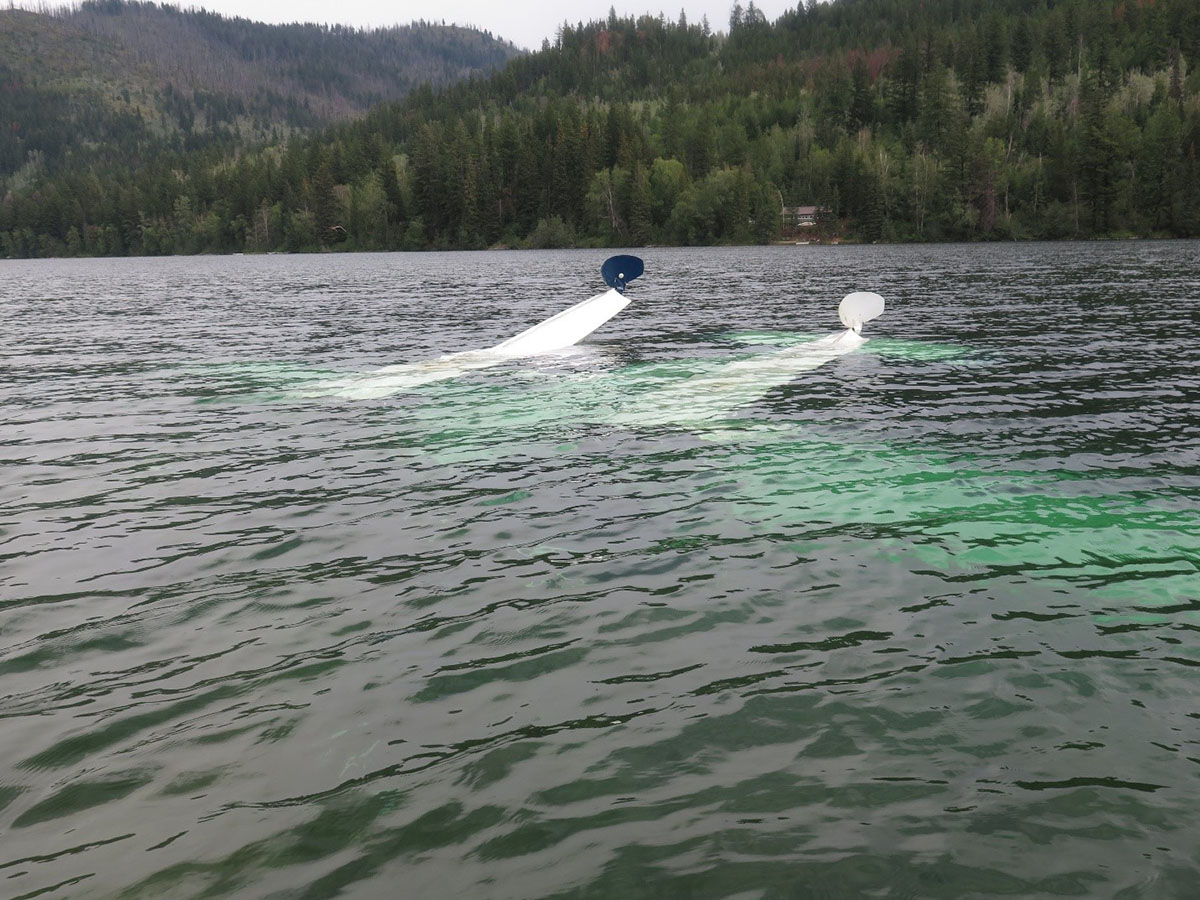Loss of control and collision with water
Fort Langley Air Ltd.
Cessna 180H, C-FCDQ
Tyaughton Lake, British Columbia
The occurrence
On , a Cessna 180H aircraft, operated by Fort Langley Air, was conducting a local flight from Tyaughton Lake, British Columbia, with three persons on board. Shortly after take-off, the instructor pilot seated in the back observed a fuel leak from the left wing. The instructor pilot informed the pilot about the leak, instructed him to turn back and to land on the lake. The pilot reduced the airspeed and made a right turn. Shortly after the turn was initiated, the aircraft experienced a loss of control and crashed in the water. The instructor pilot and the passenger were fatally injured and the pilot was seriously injured. The emergency locator transmitter did not transmit a signal.
Media materials
News release
Investigation report: August 2018 loss of control and collision with water in Tyaughton Lake, British Columbia
Read the news release
Deployment notice
TSB deploys a team of investigators to a floatplane accident on Tyaughton Lake, British Columbia
The Transportation Safety Board of Canada (TSB) is deploying a team of investigators to a floatplane accident on Tyaughton Lake, British Columbia. The TSB will gather information and assess the occurrence.
Investigation information
Download high-resolution photos from the TSB Flickr page.
Class of investigation
This is a class 4 investigation. These investigations are limited in scope, and while the final reports may contain limited analysis, they do not contain findings or recommendations. Class 4 investigations are generally completed within 220 days. For more information, see the Policy on Occurrence Classification.
TSB investigation process
There are 3 phases to a TSB investigation
- Field phase: a team of investigators examines the occurrence site and wreckage, interviews witnesses and collects pertinent information.
- Examination and analysis phase: the TSB reviews pertinent records, tests components of the wreckage in the lab, determines the sequence of events and identifies safety deficiencies. When safety deficiencies are suspected or confirmed, the TSB advises the appropriate authority without waiting until publication of the final report.
- Report phase: a confidential draft report is approved by the Board and sent to persons and corporations who are directly concerned by the report. They then have the opportunity to dispute or correct information they believe to be incorrect. The Board considers all representations before approving the final report, which is subsequently released to the public.
For more information, see our Investigation process page.
The TSB is an independent agency that investigates air, marine, pipeline, and rail transportation occurrences. Its sole aim is the advancement of transportation safety. It is not the function of the Board to assign fault or determine civil or criminal liability.
